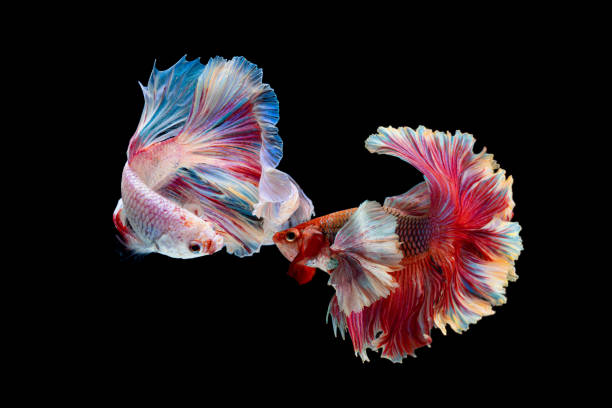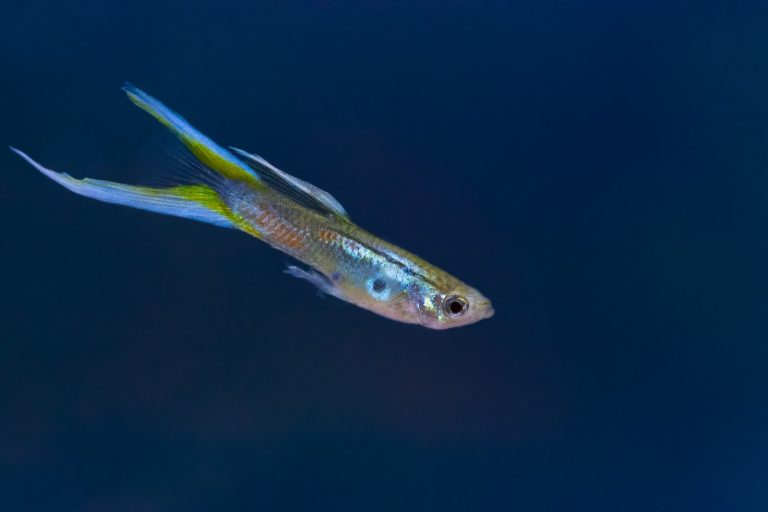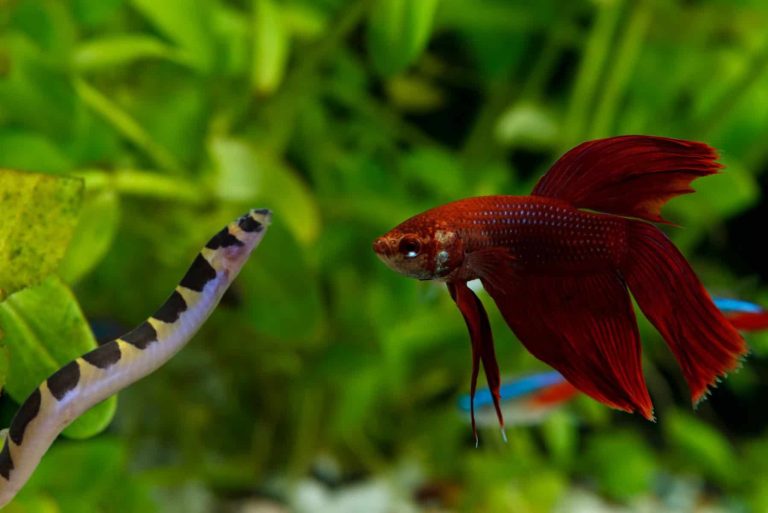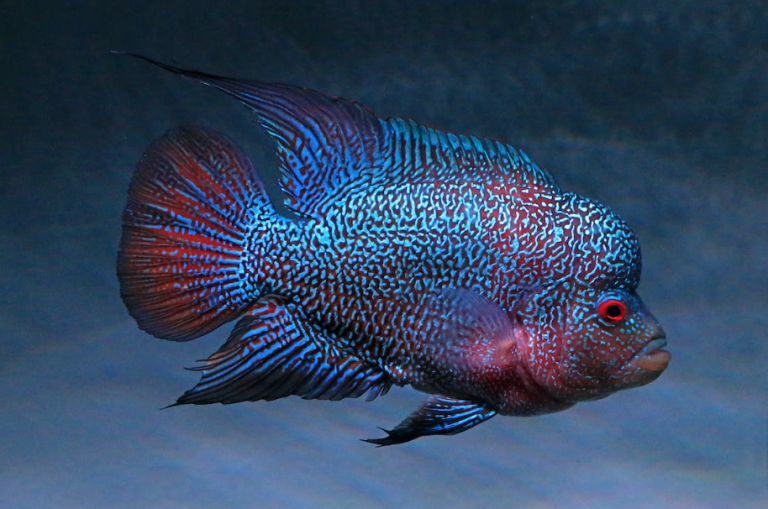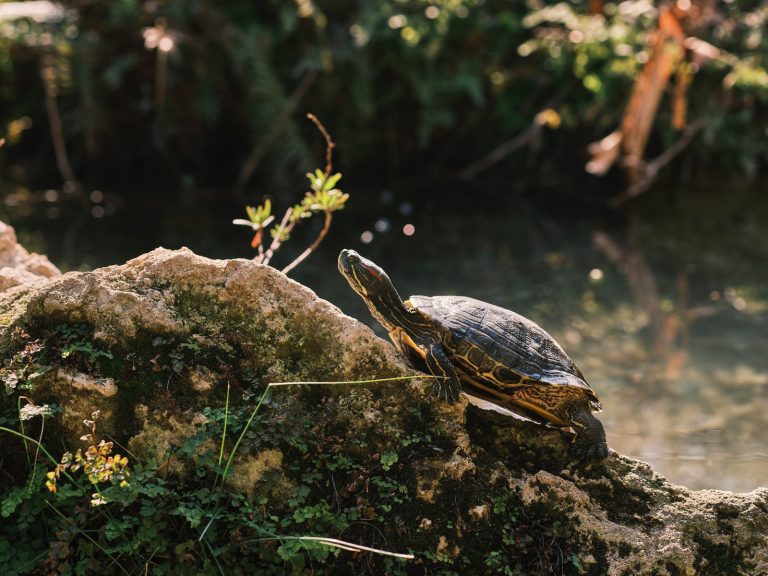When it comes to creating a harmonious aquarium environment, compatibility between different fish species is crucial. One popular question that often arises is, “Can plecos live with bettas?” In this comprehensive guide, we will delve into the fascinating world of bettas and plecos, exploring their compatibility, behavior, and the factors to consider when housing them together. Whether you’re an experienced aquarist or a novice enthusiast, this article will provide you with valuable insights and expert advice on creating a thriving aquatic community.
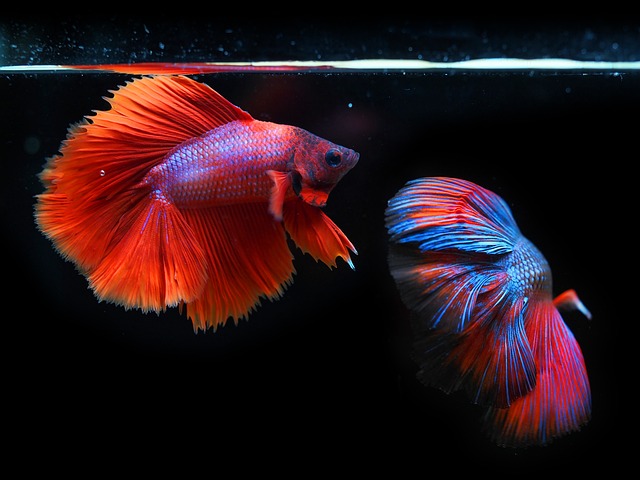
Understanding Betta Fish
Betta fish, also known as Siamese fighting fish, are captivating creatures known for their vibrant colors and flowing fins. These fish are native to the rice paddies and shallow waters of Southeast Asia. Due to their territorial nature, male bettas are often kept alone to prevent aggression. However, under the right conditions, they can coexist with other compatible species, including plecos.
Introducing Plecos
Plecos, or Plecostomus, are a type of freshwater catfish known for their distinct appearance and algae-eating habits. With their armored bodies and unique suction cups, they are highly efficient cleaners in an aquarium. Plecos come in various sizes, but the smaller species are more suitable for community tanks. They can make excellent tank mates for bettas if certain conditions are met.
Compatibility between Betta Fish and Plecos
Can plecos live with bettas? The answer is both yes and no. While some bettas and plecos can coexist peacefully, it largely depends on the temperament of the individual fish and the setup of the aquarium. It’s important to note that bettas have varying degrees of aggression, so careful observation is necessary when introducing them to other fish.
Bettas are known for their long, flowing fins, which can sometimes be mistaken for the fins of other fish. This can trigger aggression in some bettas, leading to fin nipping. Therefore, it is essential to choose pleco species with shorter fins to minimize the risk of such conflicts.

Factors to Consider
Before housing bettas and plecos together, several factors must be taken into account:
- Tank Size: Provide ample space for both species to thrive. A tank of at least 20 gallons is recommended to accommodate the active nature of plecos and the territorial tendencies of bettas.
- Water Parameters: Bettas thrive in warm water with a temperature range of 76-82°F (24-28°C), while plecos prefer slightly cooler temperatures around 72-78°F (22-26°C). Ensure the water parameters are suitable for both species.
- Tank Setup: Create hiding spots and plenty of vegetation to give bettas and plecos a sense of security. A well-planted tank with caves and driftwood will help reduce aggression and stress.
- Compatibility Testing: Before fully introducing bettas and plecos, consider using a breeder box or a separate container to observe their interactions. This will allow you to monitor their behavior without risking injury or stress.
Creating the Ideal Environment
To provide the best living conditions for both bettas and plecos, consider the following tips:
- Tank Dividers: If aggression issues persist, you can use tank dividers to separate bettas and plecos while still allowing them to interact visually.
- Proper Filtration: Adequate filtration is essential to maintain water quality and prevent waste buildup. Plecos produce more waste than bettas, so choose a filter suitable for the tank size and the combined bioload.
- Monitoring Water Parameters: Regularly test the water parameters, including temperature, pH levels, and ammonia, nitrite, and nitrate levels. Keep the water clean and well-maintained to ensure the health of both species.
Feeding Betta Fish and Plecos Together
Bettas are carnivorous and primarily consume small insects and larvae. On the other hand, plecos are herbivorous and rely on algae and plant matter for nutrition. When feeding them together, it is important to provide a balanced diet that meets the nutritional needs of both species.
Offer a variety of high-quality betta pellets or flakes to ensure proper nutrition for bettas. Supplement their diet with occasional live or frozen foods, such as bloodworms or brine shrimp. For plecos, include sinking algae wafers or pellets enriched with spirulina. Additionally, fresh vegetables, like blanched zucchini or cucumber slices, can be provided as treats for plecos.

Common Challenges and Solutions
Challenge: Aggression from Bettas
Solution: If the betta exhibits aggressive behavior towards the pleco, consider rehoming the pleco to another tank or using tank dividers to separate them.
Challenge: Fin Nipping
Solution: If the betta shows signs of fin nipping, evaluate the compatibility of the pleco’s fin length. Opt for plecos with shorter fins to minimize the risk of aggression.
Challenge: Overcrowding
Solution: Ensure the tank is adequately sized to prevent overcrowding, which can lead to stress and aggression. If necessary, consider upgrading to a larger tank or removing one of the species.
FAQs
Q: Can plecos live with bettas in a small tank?
A: It is not recommended to house bettas and plecos in a small tank as it may lead to increased aggression and stress.
Q: How can I prevent aggression between bettas and plecos?
A: Provide ample hiding spots and vegetation, choose plecos with shorter fins, and monitor their behavior closely.
Q: Do bettas eat plecos’ algae wafers?
A: Bettas are not typically interested in plecos’ algae wafers. However, if there is limited food available, bettas may consume them.
Q: What is the ideal temperature for a tank housing bettas and plecos?
A: Maintaining a temperature range of 76-82°F (24-28°C) will suit the needs of both bettas and plecos.
Q: Can bettas and plecos live together without any issues?
A: While it is possible for bettas and plecos to coexist peacefully, it is essential to monitor their behavior and make adjustments as necessary.
Q: Are bettas and plecos compatible in a community tank with other fish?
A: Yes, bettas and plecos can often be housed with other peaceful community fish. However, compatibility may vary depending on the individual fish species.
Conclusion
In conclusion, the compatibility between bettas and plecos depends on various factors, including the temperament of the individual fish and the setup of the aquarium. With proper planning, observation, and adjustments, it is possible to create a harmonious tank that houses both species. Remember to prioritize the well-being and safety of your fish by providing suitable living conditions and closely monitoring their behavior. By following the guidelines outlined in this article, you can increase the chances of successfully keeping bettas and plecos together in your aquarium.
